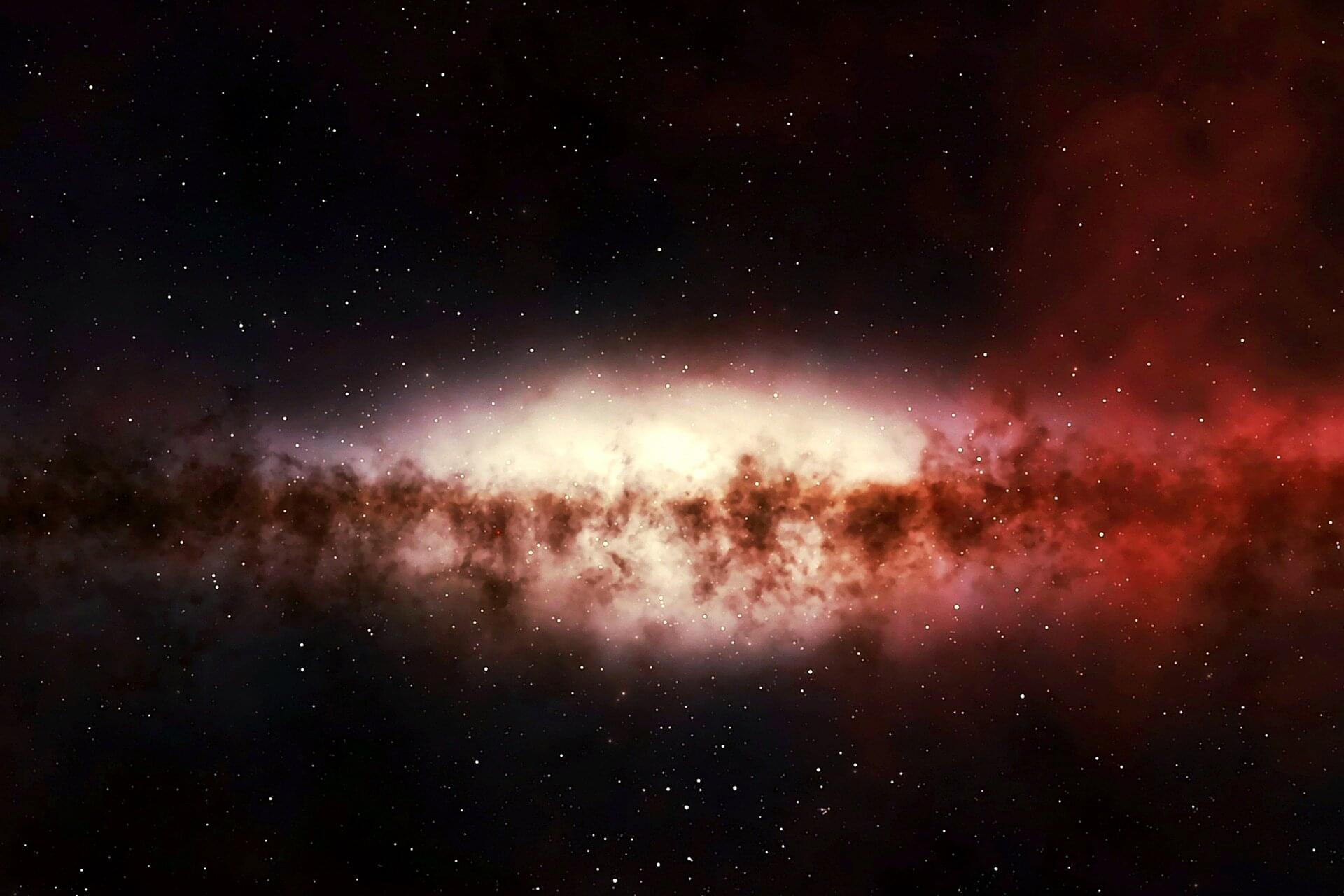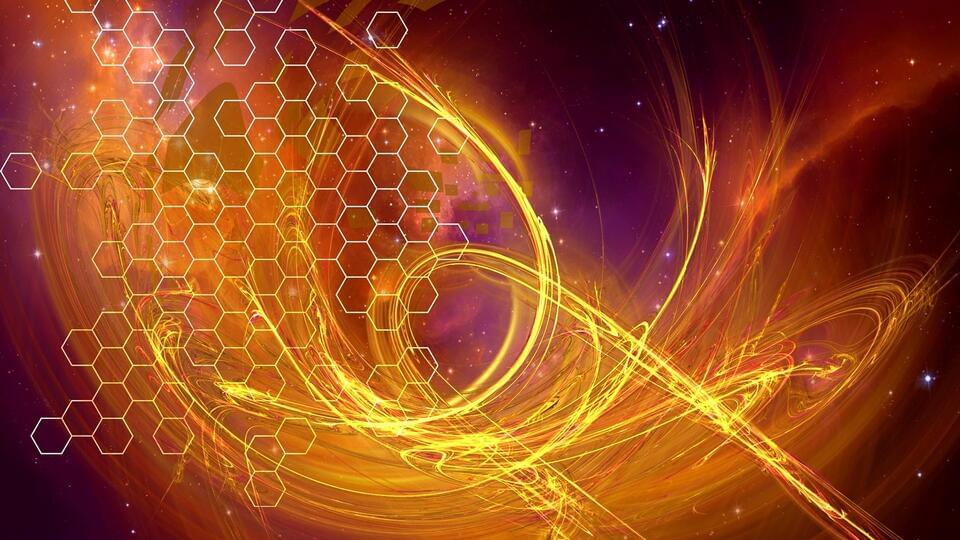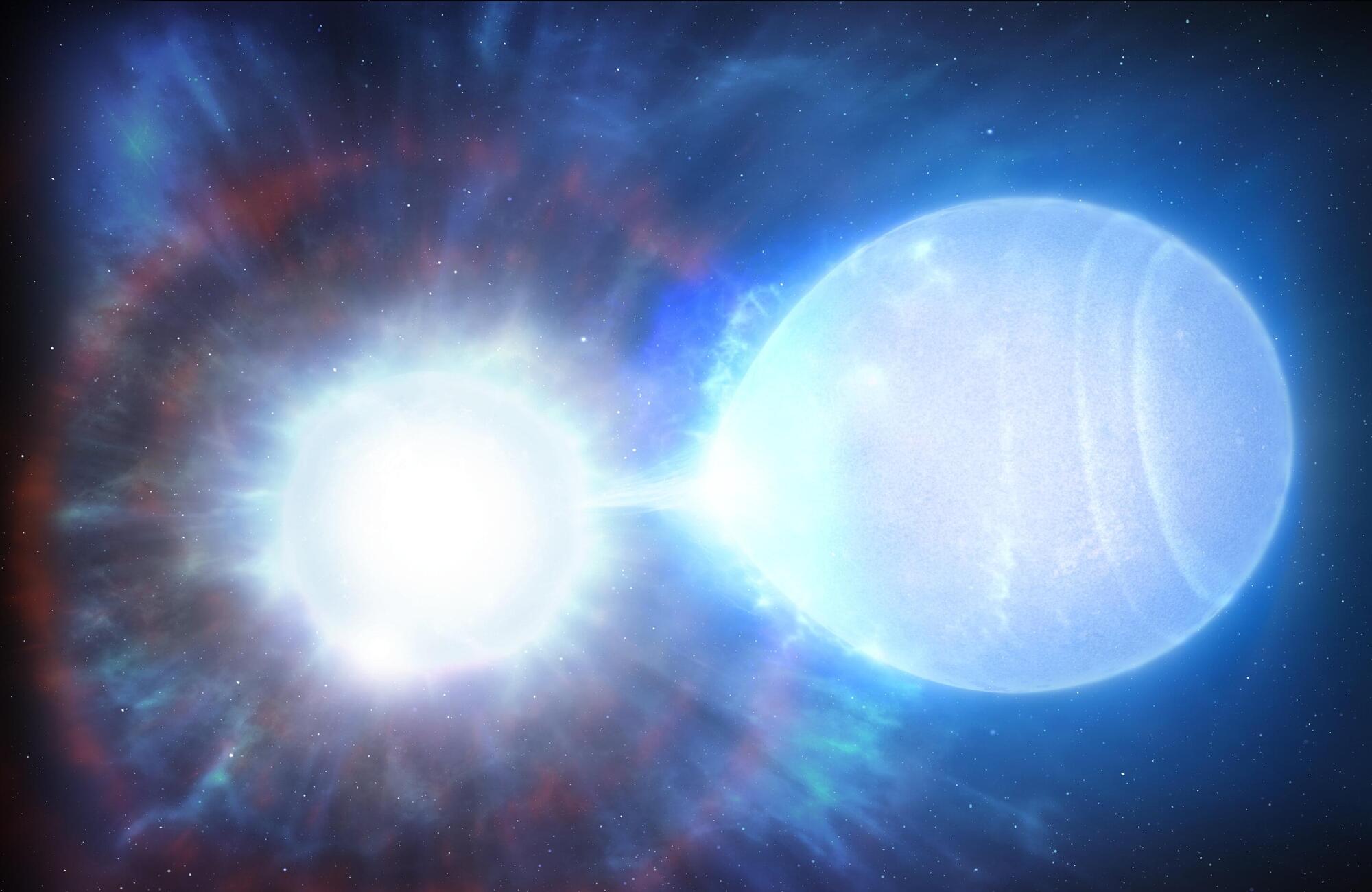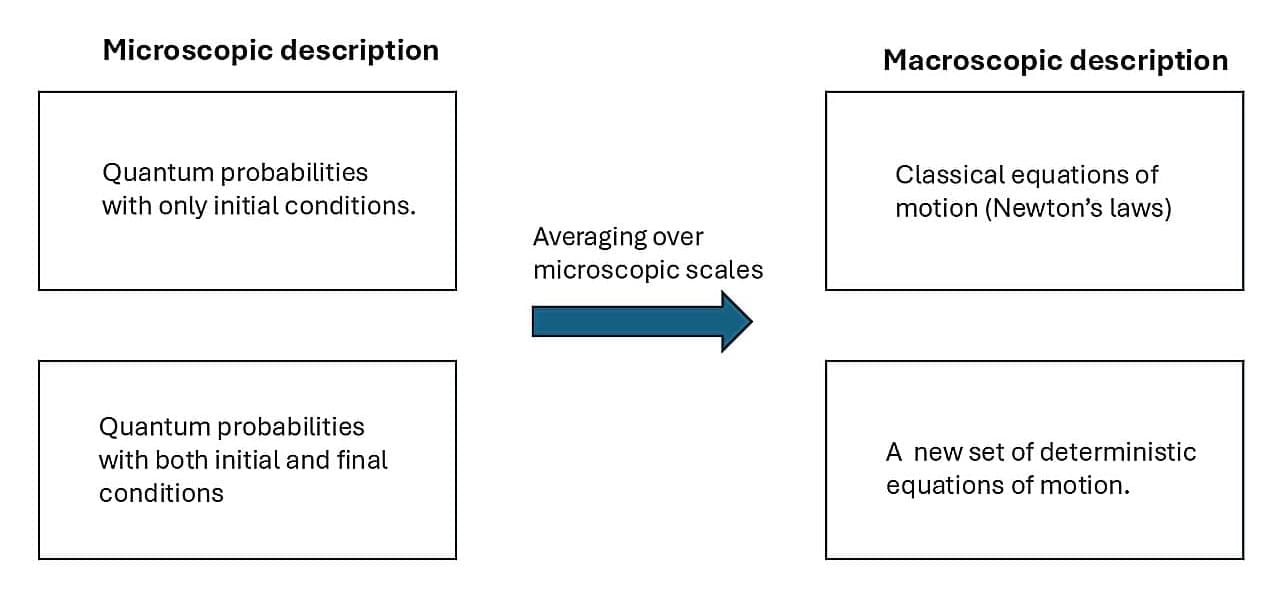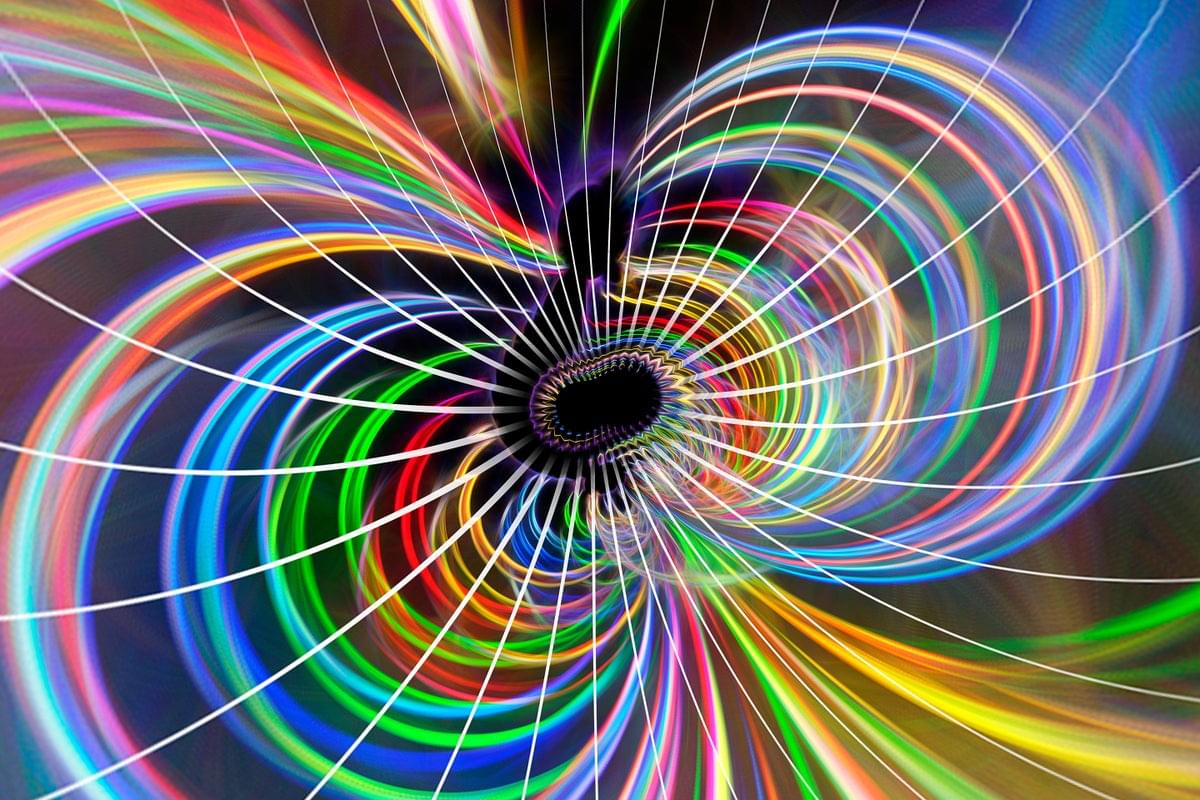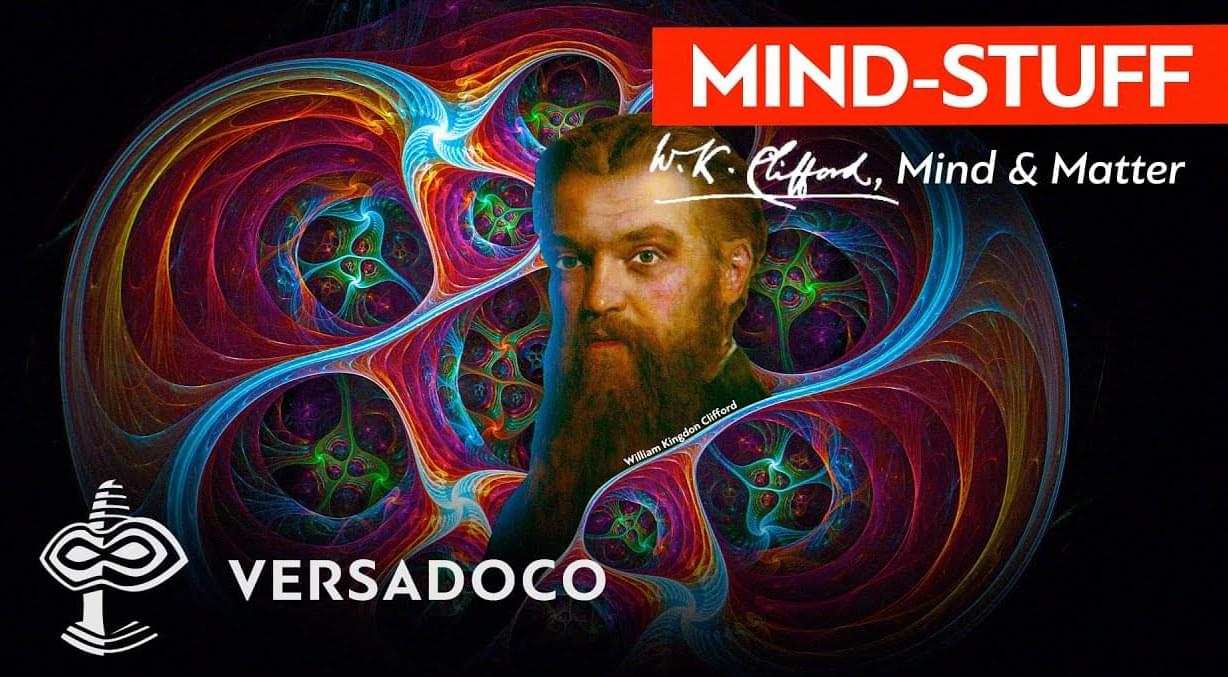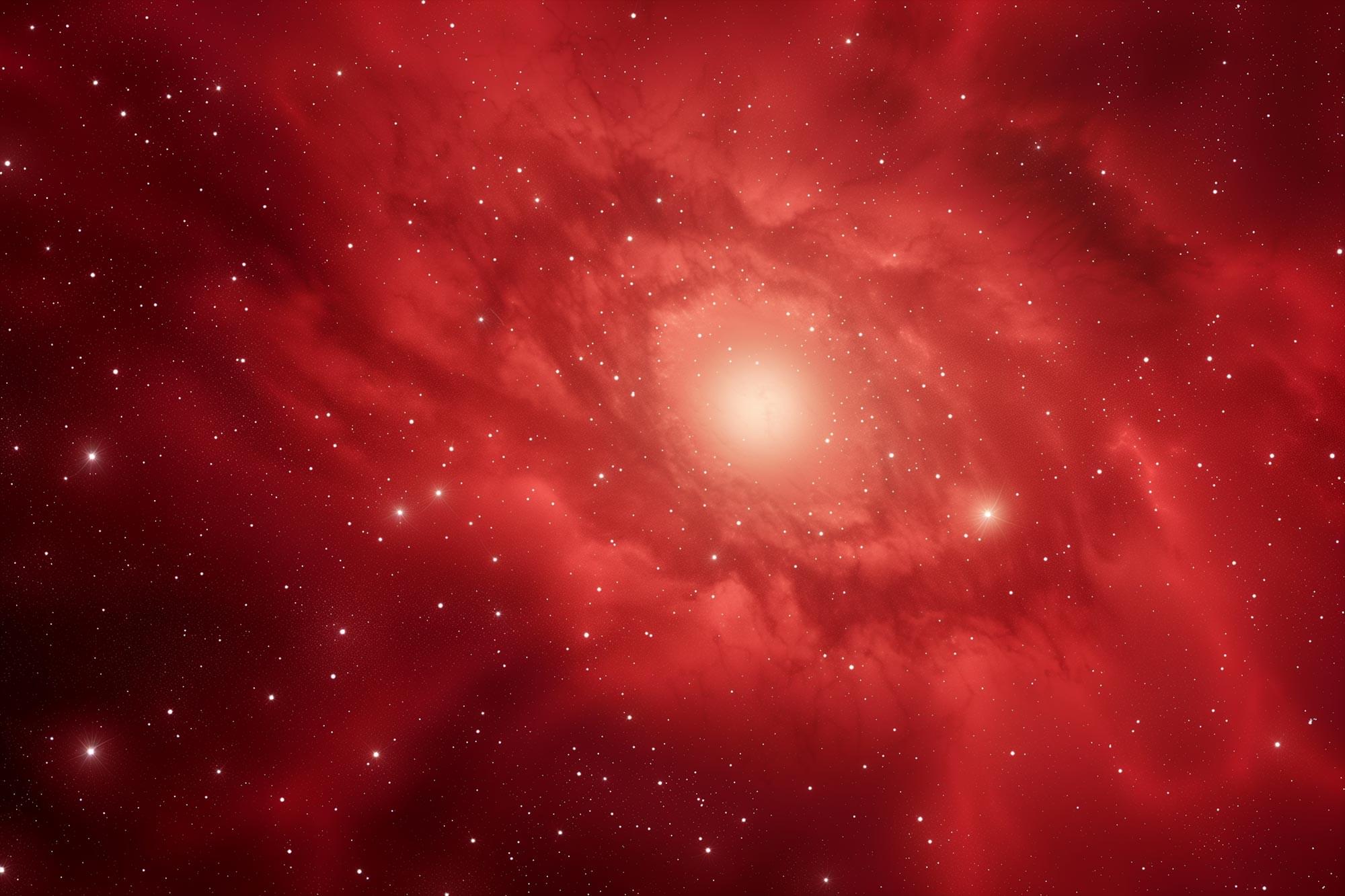Dr. Richard Lieu, a physics professor at The University of Alabama in Huntsville (UAH), a part of The University of Alabama System, has published a paper in the journal Classical and Quantum Gravity that proposes a universe built on steps of multiple singularities rather than the Big Bang alone to account for the expansion of the cosmos.
The new model forgoes the need for either dark matter or dark energy as explanations for the universe’s acceleration and how structures like galaxies are generated.
The researcher’s work builds on an earlier model hypothesizing that gravity can exist without mass.
